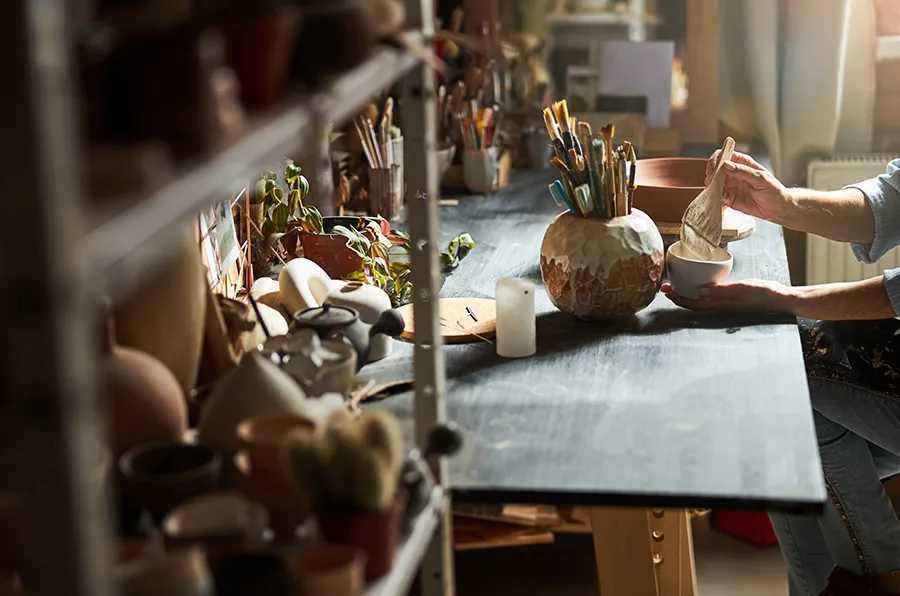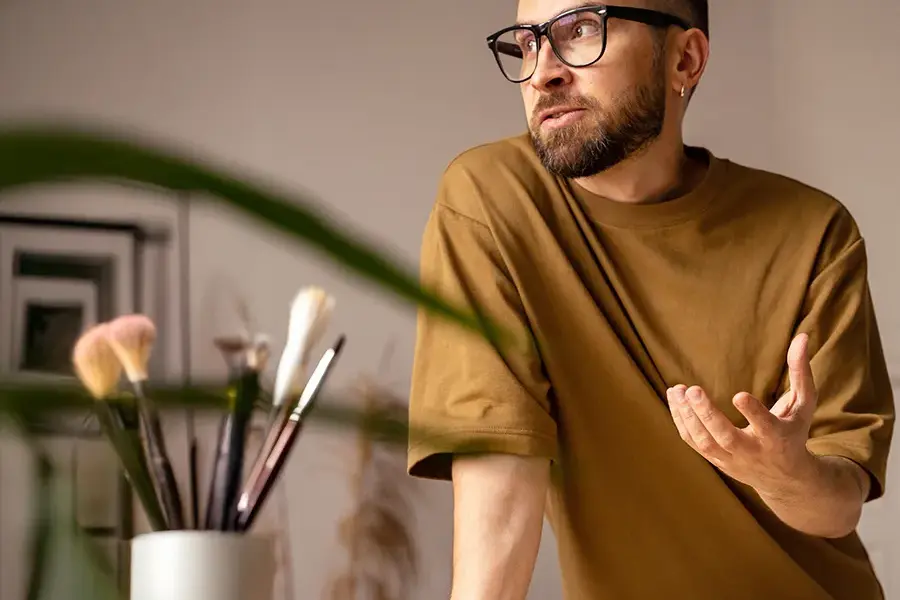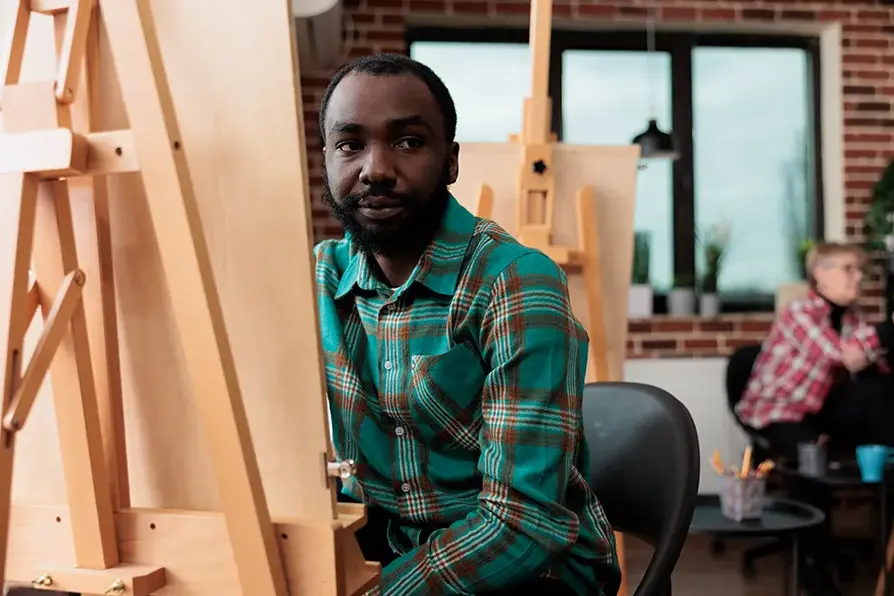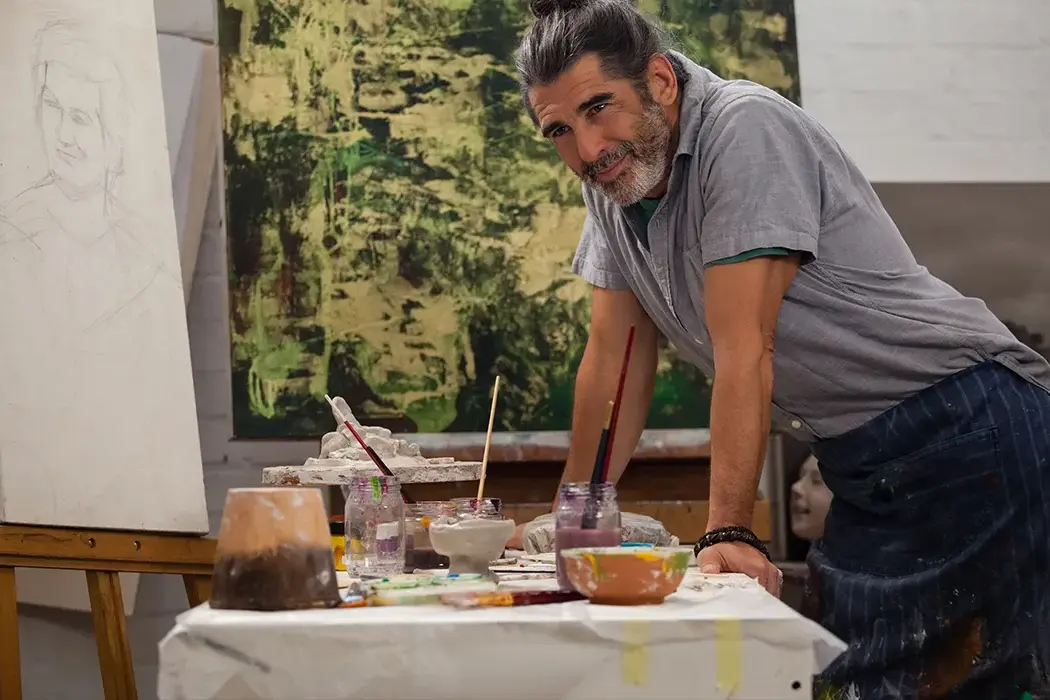A Guide to Finding Your Unique Art Style
Finding your unique art style isn’t a thunderclap moment — it’s a slow, messy, glorious wrestle with yourself (whether you’re an emerging artist scratching out ideas in a beat-up notebook or a mid-career creator itching to sharpen your visual voice, the question stays relevant). Here we’re unpacking practical steps to develop your own art style, the brutal truth about how long it takes, why some seem to nail it quick, and how to make it last. No fairy tales, just a reality check for artists who want an artistic identity that’s theirs. Let’s dive in.
Table of Contents
- Why Finding Your Art Style Matters
- Steps to Develop a Unique Art Style
- The Uncomfortable Truth: Finding Your Style Takes Time
- Why Some Artists Naturally Develop a Style Faster Than Others
- Creating a Personal Art Style That Lasts
Why Finding Your Art Style Matters
Your art style isn’t some decorative cherry on top — it’s the guts of who you are as a creator. It’s what makes your work howl your name instead of whispering someone else’s. For newbies, finding your unique art style is like finally standing steady — you’re not just parroting what’s out there. For pros, it’s your billboard, cutting through the clutter of a million other canvases. It’s your art’s pulse: raw, real, and yours.
The art world — especially the cash-and-carry side — drools over a signature art style. Galleries and collectors love pinning a look to a name; it’s like branding for your soul. But it’s bigger than that. A signature style isn’t just about aesthetics — it’s about identity. It’s what makes your art yours. That’s the core of it — your artistic identity, the thing that ties your works into something whole. Still, there’s a twist: Not every artist needs a strict, defined style — some careers thrive on versatility, experimentation, or adaptability. Maybe you’re a shape-shifter, and that’s your strength. If you want to dig deeper into the question, check this take on whether it’s essential.
Now, let’s unpack that pressure bit. The pressure to have a unique style can actually slow down your artistic growth. Sometimes, it’s better to let it emerge instead of forcing it. Push too hard, and you’re not growing — you’re posing. Think of those artists churning out the same tired thing because they *had* to lock it down early. It may be a case that they’re stuck, not thriving. Ease off, and you might find something truer. Not having a signature style doesn’t mean you’re lost — it just means you’re still growing, which is actually a good thing, so don’t try to force the process just for the sake of it. Growth beats a fake badge any day.
Steps to Develop a Unique Art Style
How do you develop your art style? It’s not a treasure map with an X — it’s a toolbox and a bit of grit. First, dig into creative techniques. Grab whatever’s around — oils, pencils, a lump of clay — and goof off with it. The aim isn’t perfection; it’s finding what makes your hands happy. Maybe you love the sloppy bleed of ink or the rough bite of a woodcut. That’s your starting line: play hard.
Next, swipe with smarts. Eyeball artists who spark you — say, Matisse’s color punches or Bacon’s twisted faces — and stir their juice into your pot. Don’t ape them; twist it. Then, keep swinging. Most artists don’t ‘find’ their style overnight — it develops naturally through years of exploration, repetition, and evolution. That’s the rhythm — do it again and again until your signature art style peeks out. Here’s the kicker, though: don’t choke it. To say it again, forcing a look too soon can kill the fun and leave you with something stiff. Let it emerge naturally. Need ideas? Here are 7 ways to develop your art style and voice.
- Move: Scribble daily, even crap (actually, especially crap — to learn not to ask much of yourself every time). Patterns pop up.
- Mix: Slam two weird tools together — oil and chalk, why not?
- Check: Every month, sift through — what’s sticking?
Another thing to think about here, the key is not style itself — it’s voice. What themes, ideas, or emotions consistently show up in your work? That’s what makes your art yours. Style’s the surface; voice is the soul. Maybe you’re obsessed with decay or wild for joy — whatever it is, that’s your thread. Chase that, not a glossy label.

The Uncomfortable Truth: Finding Your Style Takes Time
Buckle up for the hard stuff: finding your unique art style takes time — sometimes a lot of it. No one wakes up one day with a fully formed concept of how your works look — it’s something that reveals itself through years of making art. You don’t flip a switch and bam, there it is. It’s a slog through mud, paint, and half-baked ideas. Many artists feel lost because they think they should have a style by now. The truth? Everyone’s timeline is different. That gnawing feeling you’re late? It’s normal, not a death sentence.
Here’s where it stings: Trying to ‘force’ a style too early can actually hold you back — because you stop exploring before you’ve really discovered what excites you. Slam on that pressure, and you’re not an artist — you’re a factory or a printing press. Ever see someone crank out “their style” at 20, only to burn out by 25? They boxed themselves in too soon. Some artists find their style in a year, others take decades. There’s no right or wrong pace — it’s about creative evolution, not a deadline. Picasso flipped through phases like a deck of cards before Cubism stuck. So relax — your clock’s fine. Feeling that drag anyway? Peek at this on wrestling with style.
Not having a signature style doesn’t mean you’re lost — it just means you’re still growing, which is actually a good thing. That limbo? It’s fertile ground. You’re not flailing — you’re stretching. Every dud you toss is a step, not a stumble. The longer you roam, the richer what emerges can be. Quit sweating the deadline, there isn’t one.
- Fact: Flops teach more than wins, so keep them.
- Ease Up: Forcing it makes a mask, not a style.
- Long Game: Wandering builds depth — stay in it.
Why Some Artists Naturally Develop a Style Faster Than Others
In case the words above were not persuasive enough and the question of “Why some artists land their unique art style like it’s nothing?” still occupies a place in your head. Some artists develop a signature style early because they limit their tools, themes, or techniques — and that repetition creates consistency. They grab one thing — say, pen and ink or gloomy landscapes — and beat it to death. That grind carves a groove fast. It’s not magic; it’s sticking to a beat.
But it’s not all choice. External influences shape style more than people realize: social media, mentors, education, and even life experiences affect the way we create. A punk kid with a spray can might lock into gritty tags because that’s their world. A painter with a teacher breathing down their neck might echo that vibe early. Others? Others take years because they love exploring and don’t want to commit to one approach too soon — and that’s okay! They’re the roamers. Many artists don’t recognize their own signature style because they’re inside the process. Often, others see their unique voice before they do. Your buddy might clock your thing before you do because of good old “I’m still not original enough”.
As mentioned earlier, pressure can screw this up too. The pressure to have a unique style can actually slow down your artistic growth. Sometimes, it’s better to let it emerge instead of forcing it. Those fast-track folks might not be geniuses — they might just be chill about it. Less panic, more flow. Want to swipe from the quick ones? Here’s how others shaped their styles.
Creating a Personal Art Style That Lasts
You’ve got something brewing — now keep it alive. Hoard your tracks — snap your work, stash your sketches. And please remember, it’s not for Instagram — it’s for you. Your development is a primary goal. Shining bright on socials is secondary. And your artistic identity isn’t a rock — it bends, twists, grows. Watching it shift shows you what’s solid underneath. Your signature art style, the aesthetic might wobble, but that core? It holds.
Then, dodge the sellout pit. Having a recognizable style helps in the commercial art world, but that doesn’t mean you need to force it if it’s not happening naturally. Sure, buyers love a hook — but don’t trade your guts for it. Some of the most famous artists reinvented themselves multiple times — Picasso, Richter, Hockney — so style isn’t always a lifelong commitment. You’re not locked in; you’re free to flip it.
So not every artist needs a strict, defined style — some careers thrive on versatility, experimentation, or adaptability. Maybe you’re a chameleon — jumping from oil to digital to clay — and that’s your jam. The art world’s got room for that too. Collectors might squint, but peers will nod. Find what brings joy and you’re golden, strict or not.
| Angle | Quick Fix | Forever Play |
|---|---|---|
| Consistency | Ride one wave for a spell | Polish it slow, keep it yours |
| Flexibility | Bend one bit per piece | Flip the script when it’s stale |
| Showing Off | Toss your best five online | Tell a tale that hooks them |
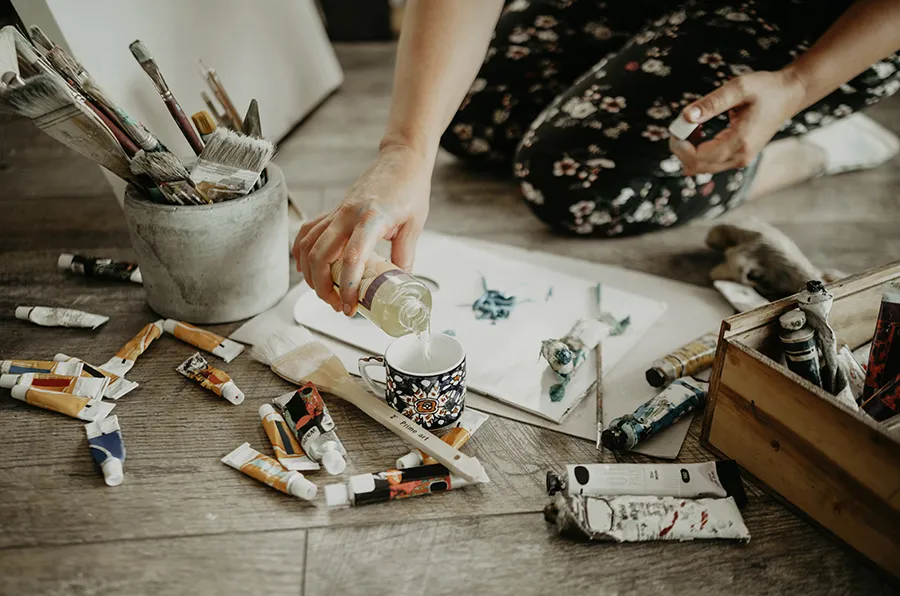
FAQ
Q1: How do I find my unique art style?
A1: Fiddle with creative techniques and chase what grabs you. Finding your unique art style takes time — (try to) enjoy the ride.
Q2: What makes an art style unique?
A2: Your visual voice — your quirks, your scars, your spark. That’s your flag in the dirt.
Q3: Why is finding your art style important?
A3: It’s your mark. A real style gives you backbone and a spotlight.
Q4: How can beginners develop a unique art style?
A4: Start small, riff on faves, and grind. Your artistic identity grows with you.
Q5: What are tips for creating a personal art style?
A5: Play loose, stick to what sings, and watch it build. A personal art style takes guts and time.
Conclusion
Finding your unique art style isn’t a dash — it’s a sprawling, gorgeous mess. We’ve cracked why it matters (your creative soul), steps to develop a unique art style (play, nab, loop), the truth that it’s slow (no hurry), why some sprint ahead (focus or fate), and how to keep it kicking (track it, shift it, flaunt it). Every flop, every flare — it’s yours.
No one’s road matches. Some snap it up fast; others — like Picasso hopping styles — ramble long. You’ll land when you land. Keep at it — botch it, fix it, stretch. Your artistic identity isn’t a prize; it’s alive.
Got the urge? Snag a tool — any tool — and make something. Trash it, share it, go again. The art world’s hungry for your noise — let it rip.
